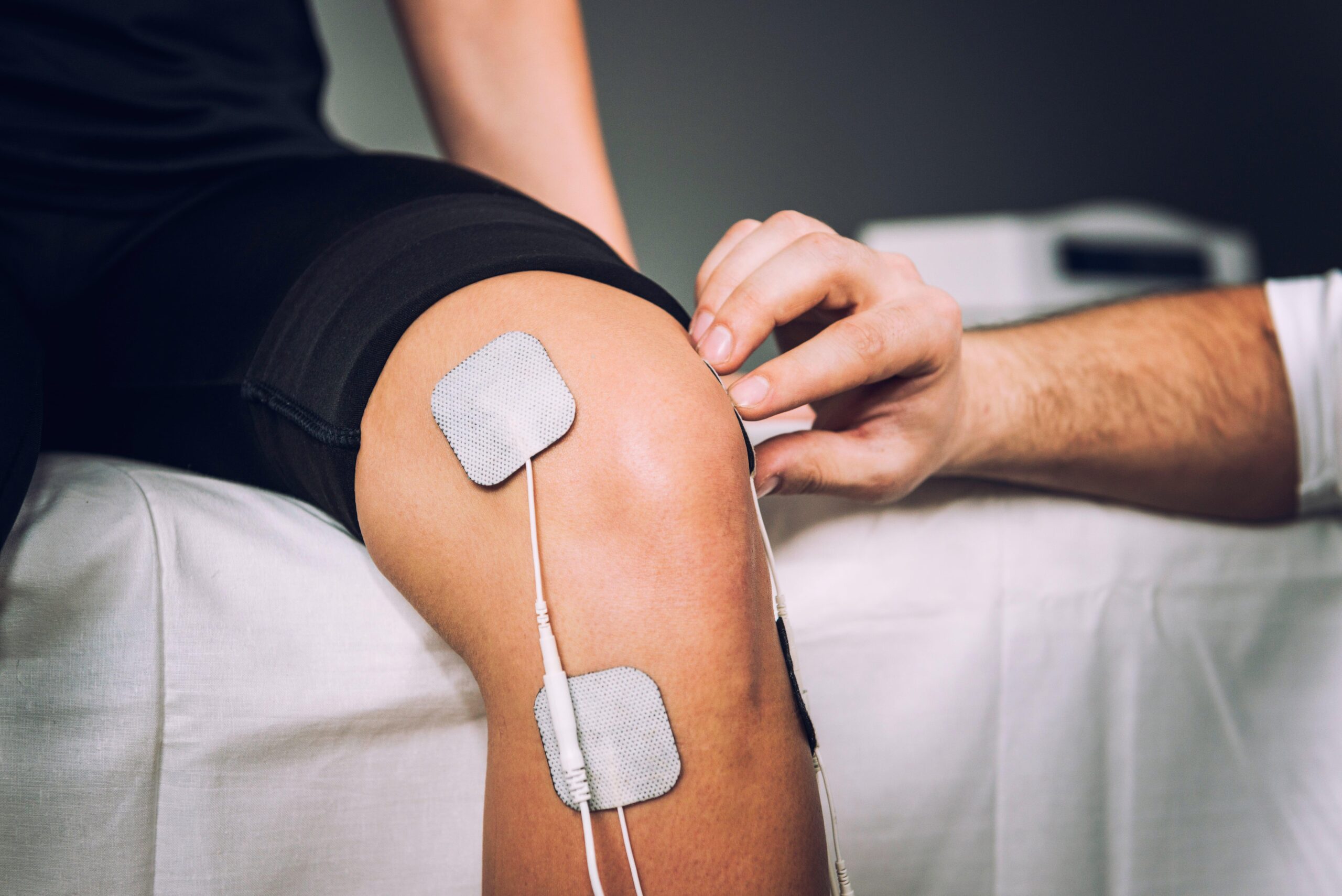Peripheral Nerve Stimulation (PNS) is a cutting-edge medical technology that offers relief to individuals suffering from chronic pain conditions. This innovative therapy provides an alternative to traditional pain management approaches. In this blog, we will delve into the world of Peripheral Nerve Stimulation, covering its key aspects, benefits, and how it can transform the lives of those living with chronic pain.
Understanding Peripheral Nerve Stimulation
Peripheral Nerve Stimulation, also known as PNS, is a minimally invasive medical procedure designed to manage chronic pain. It works by delivering mild electrical impulses to specific peripheral nerves, disrupting pain signals and providing relief to the patient.
How Does PNS Work?
PNS utilizes a small, implanted device that generates electrical pulses. These pulses are delivered to the peripheral nerves responsible for transmitting pain signals to the brain. By stimulating these nerves, PNS can effectively interrupt the pain signals, providing relief and improving a patient’s overall quality of life.
Conditions Treated with PNS
PNS is a versatile treatment option that can effectively manage various chronic pain conditions, including but not limited to:
Neuropathic pain: PNS can alleviate pain resulting from damaged nerves, such as diabetic neuropathy or post-amputation pain.
Chronic back pain: Individuals with chronic back pain, including failed back surgery syndrome, may find relief through PNS.
Complex regional pain syndrome (CRPS): PNS has shown promise in managing the intense pain associated with CRPS.
Peripheral neuropathy: PNS is beneficial in addressing pain due to peripheral nerve damage.
The PNS Procedure
The PNS procedure typically involves the following steps:
Implantation: A small wire, or electrode, is implanted near the affected peripheral nerve.
Generator Placement: A generator device, which produces the electrical pulses, is typically implanted beneath the skin, often in the buttocks or lower abdomen.
Adjustment: After implantation, the device’s settings can be adjusted to optimize pain relief.
Remote Control: Patients are provided with a remote control to adjust the stimulation levels based on their pain levels and preferences.
Benefits of PNS
Peripheral Nerve Stimulation offers several notable benefits, including:
Non-drug therapy: PNS provides an alternative to medications, reducing the risk of side effects and addiction often associated with pain medications.
Minimally invasive: The procedure is minimally invasive, resulting in a shorter recovery time compared to traditional surgeries.
Customizable: The stimulation levels can be customized to meet individual pain relief needs.
Improved quality of life: By effectively managing chronic pain, PNS can significantly enhance a patient’s overall quality of life, allowing them to engage in daily activities with greater ease.
 PNS may be a suitable option for individuals suffering from chronic pain that has not responded well to other treatments. A thorough evaluation by a healthcare provider can help determine if PNS is the right choice for you.
PNS may be a suitable option for individuals suffering from chronic pain that has not responded well to other treatments. A thorough evaluation by a healthcare provider can help determine if PNS is the right choice for you.
Peripheral Nerve Stimulation (PNS) is a groundbreaking therapy that offers new hope to those living with chronic pain conditions. By interrupting pain signals at the source, PNS provides effective relief, often where other treatments have failed. If you or a loved one is struggling with chronic pain, consider exploring the possibilities of PNS and consult with a healthcare provider to determine if this innovative therapy is a suitable option. Embrace the potential for a pain-free life and a brighter future with PNS.

